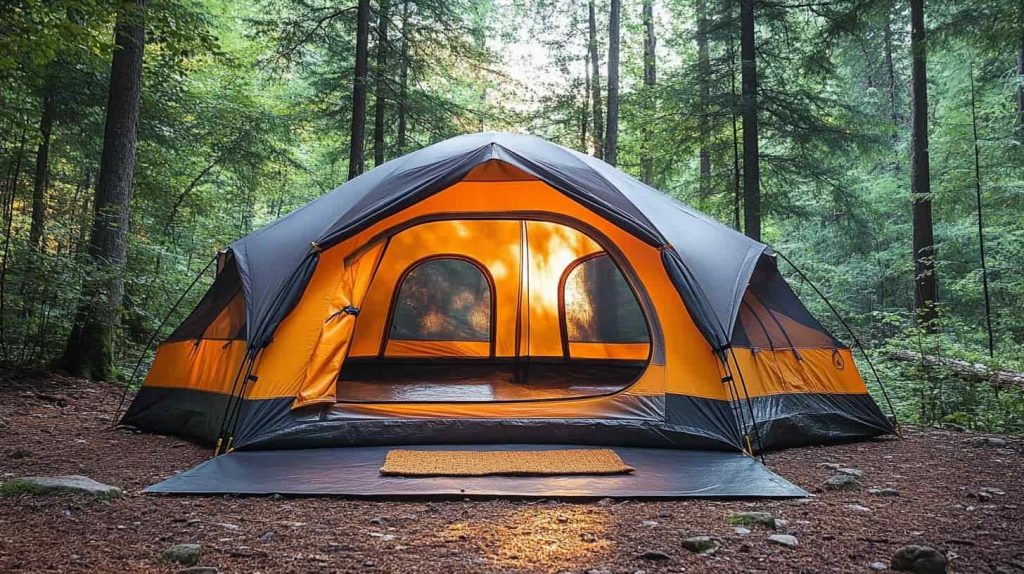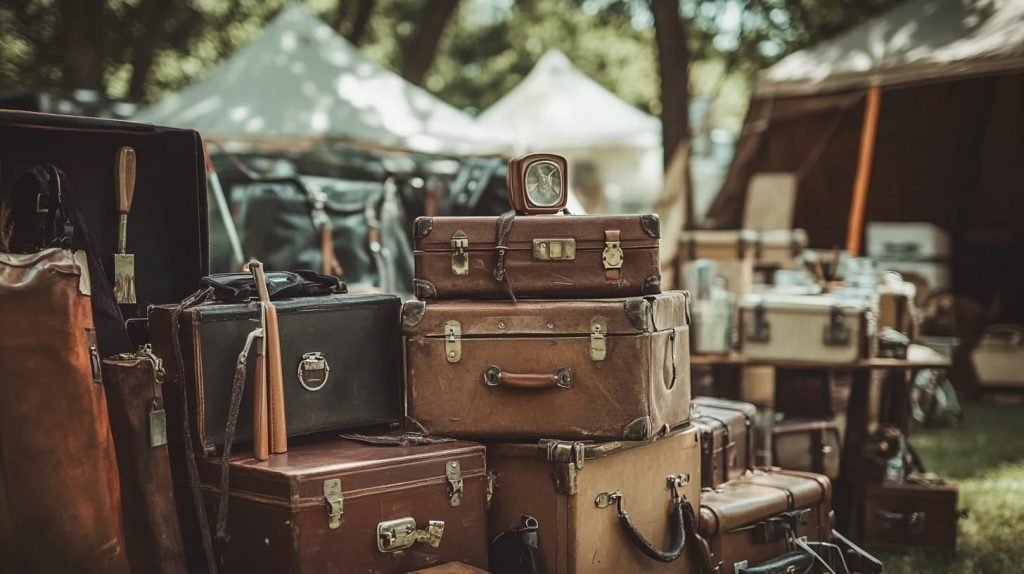Score Big with Second-Hand Outdoor Gear

Discover the Thriving World of Used Outdoor Gear
In today’s fast-paced world, many people are seeking ways to enjoy outdoor adventures without breaking the bank. Enter the booming second-hand outdoor gear market. Whether you’re a seasoned backpacker or just starting your hiking hobby, buying and selling used outdoor gear offers a perfect blend of sustainability and savings.
This blog post is your go-to guide for navigating this thriving marketplace. You’ll learn how to spot quality gear, get tips for sellers, and explore online and local resources. Ready to take advantage of this eco-friendly trend? Let’s get started!
Why Go Second-Hand? The Eco and Economic Wins
Opting for second-hand outdoor gear isn’t just about saving money; it’s also about making smart, sustainable choices. The production of new gear often involves considerable resource consumption. By purchasing used items, you’re effectively reducing demand for new products, thus conserving energy and materials. Plus, buying second-hand often means you’re preventing these items from ending up in landfills.
Financially, used gear is a win-win. It’s possible to find high-quality equipment at a fraction of the retail price. This opens up opportunities for budget-conscious adventurers to experience the outdoors with top-notch gear without overspending. For those who regularly update their equipment, selling used gear can also recoup some of their investment, allowing them to upgrade more economically.
Lastly, participating in the second-hand market fosters a sense of community among outdoor enthusiasts. Sharing resources, stories, and tips builds connections that can lead to group hikes, trips, and lasting friendships. It’s not just a marketplace; it’s a movement towards a more sustainable and connected outdoor-loving community.
Finding Treasure in the Gear Pile
Buying used gear can be like a thrilling treasure hunt, but it’s essential to know what to look for to ensure safety and quality. Begin by researching the brands and types of equipment you’re interested in. Understanding what makes a good piece of gear—be it a durable tent or reliable climbing rope—will aid you in identifying quality items.
Inspect gear meticulously before purchasing. Look for signs of wear and tear, such as frayed straps or cracked plastic parts, which could indicate the item is nearing the end of its usability. If possible, test the gear in person. For example, if you’re buying a tent, try setting it up to ensure all the pieces are there and functioning properly.
Be cautious with gear that has critical safety functions, like climbing or skiing equipment. Items such as harnesses or helmets should be bought new unless you’re absolutely certain of their history and condition. Your safety should always be the top priority.
Selling Your Gear for a Good Cause (and a Good Price)
If you’re ready to part with your gently used gear, preparation is key to attracting buyers and getting a fair price. Start by cleaning and repairing your items to make them as appealing as possible. A clean sleeping bag or freshly polished hiking boots will attract more buyers than dusty, unkempt gear.
Pricing can be tricky, but a little research goes a long way. Check online marketplaces to see what similar items are selling for, and consider their age, condition, and brand. Be fair, but also realistic about your pricing. If your gear is in high demand, you might fetch a higher price, but less sought-after items might require a price reduction to sell.
Finally, take high-quality photos of your gear and write detailed descriptions. Highlight unique features and any quirks the buyer should be aware of. Honesty builds trust and establishes a reputation that can lead to more sales in the future.
Safety First! Best Practices for Buyers and Sellers
Whether you’re buying or selling, keeping transactions safe and secure should be a top concern. For sellers, meet buyers in public places and bring a friend along when you can. This is especially important for high-value transactions. For buyers, always inspect gear thoroughly and ask the seller about its history and any previous damage or repairs.
Both parties should agree on payment methods beforehand. Online platforms often have integrated payment systems that offer protection for both buyers and sellers. If you’re conducting a transaction offline, consider using cash or a secure payment app that can verify the exchange immediately.
Finally, communicate clearly and often. Whether you’re discussing delivery options or negotiating a price, maintaining open lines of communication ensures that both parties are satisfied with the transaction process.
Navigating the Marketplace Maze
The internet has revolutionized the second-hand market, offering numerous platforms for buying and selling used outdoor gear. Popular websites like eBay and GearTrade provide vast selections and established marketplaces. However, don’t underestimate the power of local resources. Community bulletin boards, local outdoor clubs, and regional Facebook groups can be treasure troves of gear and often allow for in-person exchanges.
It’s important to choose the platform that best suits your needs. For rare or niche equipment, a specialized website might offer better exposure to potential buyers. For common items, local exchanges might yield quicker results and less hassle with shipping.
Always check the reputation of the platform before you engage in a transaction. Reading reviews and checking ratings can save you from potential scams and ensure a smooth buying or selling experience.
Real Stories from the Gear Trade
The second-hand gear market is filled with success stories from outdoor enthusiasts who have found exactly what they needed—or sold gear to someone who did. Take, for instance, Sarah, an avid hiker who scored a nearly new backpack for half the retail price. It allowed her to invest more in her travel expenses, leading to an unforgettable adventure on the Appalachian Trail.
Then there’s Mike, who frequently updates his climbing gear. By selling his lightly used equipment, he has managed to keep his kit current without overspending. His story highlights how sellers can recoup costs while ensuring their gear continues to be used and appreciated by others.
These stories remind us that the second-hand market isn’t just about transactions; it’s about sharing passions and enabling adventures. The joys of buying and selling used gear extend far beyond monetary savings—they’re about the stories and connections formed along the way.
Taking the Next Step
Engaging with the second-hand outdoor gear market doesn’t just offer financial and eco-friendly benefits. It’s an opportunity to be part of a like-minded community that values sustainability and adventure. By following the tips outlined here, you can safely buy and sell gear that enhances your outdoor experiences and those of others.
Ready to jump in? Explore local and online platforms today to find your next piece of gear or pass on something you love. Share your experiences with our community and help grow this thriving market that benefits us all.
Remember, every transaction contributes to a larger movement toward sustainability and thoughtful living. Happy adventuring, and may your future be filled with exciting outdoor experiences!


